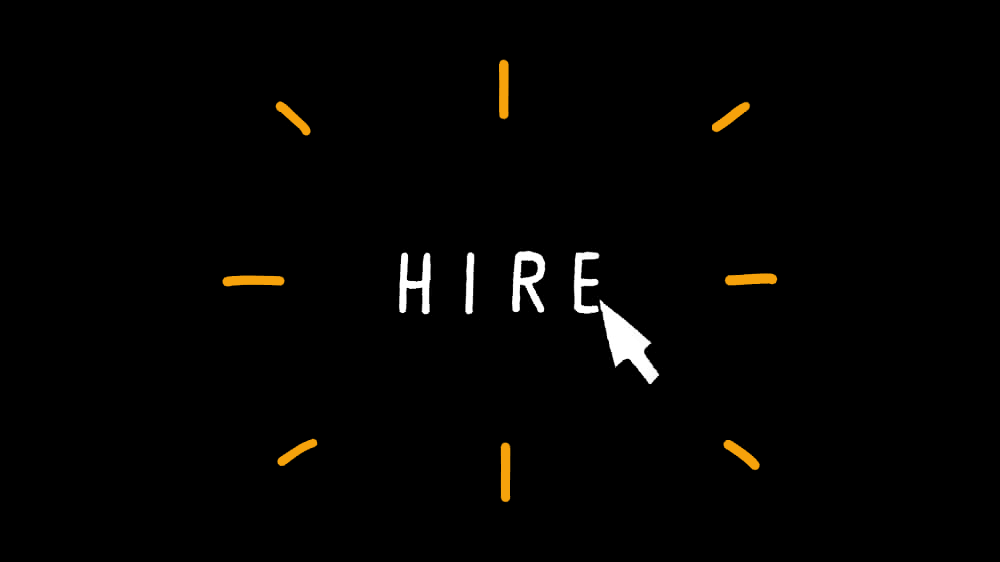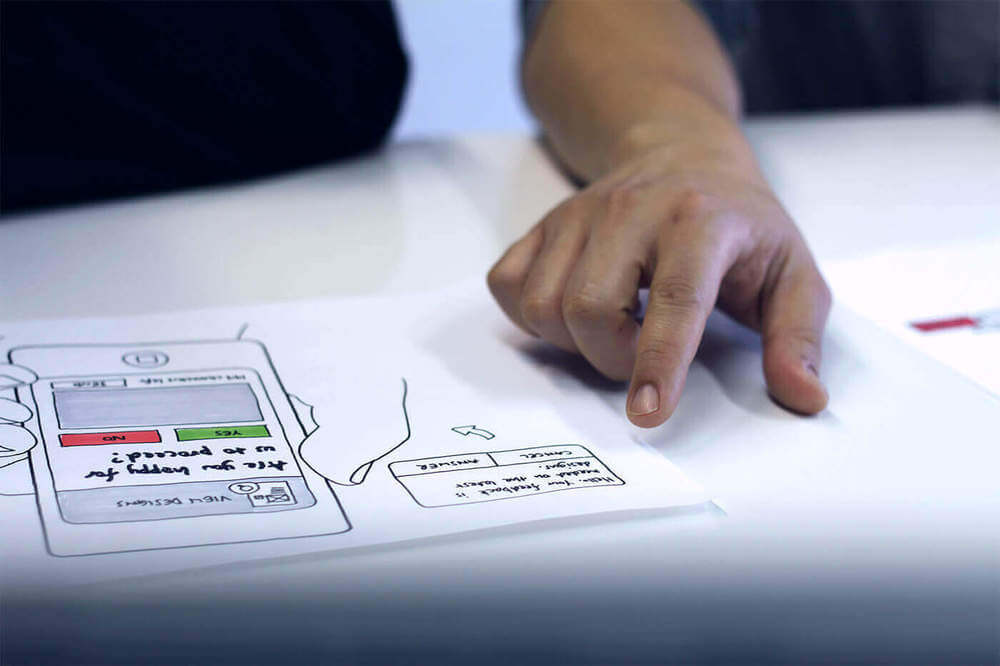New tools can break down cultural barriers to change

Tools embody working practices. New tools can disrupt working patterns and foster practices that overcome organisational inertia caused by routine and ingrained culture. This case study shows that they can be a vital part of becoming digital first.
This is a story about organisational inertia, by which I mean an organisation’s unwillingness or inability to adapt to changing circumstances.
Inertia is caused by routine and by culture. These are the barriers to change that are ingrained in working practices.
We’ve found that new tools can often disrupt working patterns and foster new practices that overcome both kinds of organisational inertia.
The organisation in this case is BBC News.
The BBC story started at ITN, curiously enough, where we’d been working to create a new kind of streaming news service that gave ITV News journalists the ability to break stories almost as fast as Twitter, and get the scoop on their major rivals, including the BBC. The service depended on a brilliantly quick and easy editing tool.
We’d had to make big changes to working practices, shifting from polished to raw news, from 3 bulletins a day to rolling news. But that was a walk in the park compared with what we found at the BBC because at ITN there was no previous web routine to disrupt. There was cultural resistance - questions like ‘will this mean more work for me’ - but these were overcome by prototyping and showing how, in reality, the web fitted in well to a broadcast journalist’s working day.
At BBC News we found that both routine and culture could stymie the newsroom’s transition to digital first.
This was four years ago, pre-Brexit and Trump. We were completing a strategic design project to help the newsroom prepare for the imminent Scottish referendum and general election.
BBC News was having trouble with what they called ‘connected stories’: it’s ability to help it audience make sense of a news article by linking it to a common theme.
The problem arose from a completely siloed approach to news gathering and news distribution: silos called ‘consumer affairs’, ‘health’, ‘politics’, ‘economics’. Of course, big stories cut right across these.
We made a couple of experiments. We analysed coverage of Ed Miliband’s speech to the Labour Party conference in 2014. We found that it had been covered - separately - by at least six different news teams. In total they produced 27 separate stories, each with their own slant. Which reader wants to go through all of those? It’s not an audience-focused approach to news and it’s horribly inefficient. It’s what makes licence payers weep.
Equally extraordinarily, there was no sense that news and current affairs programming might go together. For BBC News online, news has a capital N: it’s the bulletin, hard factual news, with no place for colour or opinion.
This is inertia borne of routine: it’s a habit that comes from Teletext, where every new story was delivered in four short paragraphs that fit onto a television screen. The dry and text heavy nature of BBC News articles is the legacy of teletext and of a news bulletin delivered from on high.
We also found inertia borne of culture in the hierarchy of reward.
Telly comes first. Radio second. Digital third.
Everyone wants to be on TV; and that applies to BBC news journalists too; and anyway, it was too difficult getting onto digital - the editorial web tools and process they had were so poor the journalists had to rely on expert web editors who took 20 minutes to break a story - so they simply didn’t bother, they went radio or TV or more likely Twitter first.
The situation we found was
- disdain for digital news
- fetishisation of the ‘article’
- a strong preference for the existing overcomplicated web design
- no thought to connect hard news with current affairs and opinion.
So we ran another experiment, using an entirely new editorial production tool, based on one that we’d developed for streaming news at ITN.
For one day only, from 8am to 8pm, we had the BBC News politics team working with journalists from the Today programme, Newsnight, Politics Today, World at One, Five Live and 24 hour news covering one story together.
They could throw anything - video, soundfiles, tweets, articles, charts and graphs, pictures - into a single stream of news about a major news story on the NHS. Our tool was very simple. No ‘workflow’, just one stream of stuff. Anyone could use it with a literal minute of training.
What was really striking was that journalists suddenly became digital zealots. Norman Smith, the BBC politics editor, was making broadcasts just for digital from his desk in Millbank and from the lobby at the House of Commons.
Stories were being told using images and pictures because we supplied a designer for the day to work with journalists. World at One were trading tips with Politics Today - and usually they never talk to each other, vying to be the one that gets the story.
The editorial management team could see the extraordinary variety and colour of BBC output on a single news story, in text, sound, video and pictures.
We mixed news and current affairs, using video shorts, like Alistair Campbell on Newsnight the the previous night, accusing Daily Mail editor Paul Dacre of being a coward and a bully, which had gone viral on youtube but wasn’t even available on BBC News online.
On the other hand, the news executives also saw the waste and redundancy involved in repetition of the same facts or storylines by multiple journalists and news channels.
Most importantly, the journalists understood what might be achieved in digital if they had simple and effective production tools instead of the unwieldy CMS that only the web editors could use - and if they could break stories quickly using video.
So what were the actual lasting consequence at the BBC of this one day exercise?
Our prototype had a big influence on the development of the BBC’s new CMS, built in-house by the engineering team and delivered in 2017. As a direct result of the prototype programme the team responsible for CMS delivery understood the importance of experience design to the quality, uptake and training costs of a tool that would be used by 7000 journalists. They actually decided to include designers in the development team. [!] Our prototype helped new management see that making a tool that was really simple and easy to use was a critical step in cultural adoption.
There’s been a shift to simpler design formats, bigger images and BBC News editors now include video within news stories, rather than in a separate video ‘ghetto. The sanctity of ‘the article’ was less revered and the BBC has built a live streaming political news service from the Commons. We’re told that journalists are much keener to break news stories on the web.
Of course, some things didn’t change: the news team is still organised in departmental silos. The connection between the News teams and current affairs programmes remains tenuous (and competitive).
It’s always worth quoting Richard Rumelt, this time from his book Good Strategy Bad Strategy:
“We use the word ‘culture’ to mark the elements of social behaviour and meaning that are stable and strongly resist change. The answer is to simplify. Eliminate the complex routines, processes and hidden bargains among units that mask waste and inefficiency.
‘Changing a unit’s culture means changing its members work norms and work-related values.’
New tools can foster new work norms and values
Continue reading
Getting feedback right
Launching Made by Many's new feedback process by exploring the flaws in current feedback behaviour
Hiring future QA talent
Made by Many are going through a phase of growth and the number of projects we have meant that continuing as the lone QA was no longer an option. Because ...
User research methods: Provocations and Co-design
Designing to learn requires a shift in thinking. It means approaching user research with an open mind and a willingness to hear and act upon fresh perspec...


